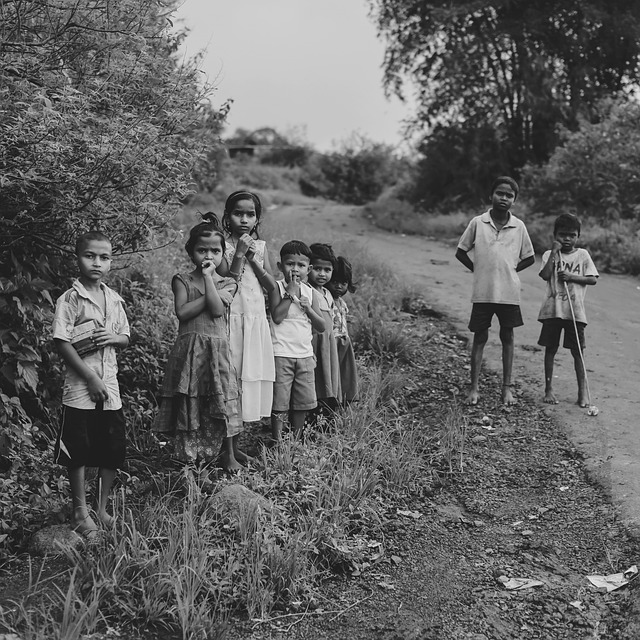In a diverse society, designing inclusive programs for children requires understanding and addressing their unique cultural, social, and economic backgrounds. Prioritizing child safety involves risk assessments, securing physical spaces, appropriate supervision, staff training, and clear communication. Essential child safety tips include securing homes, teaching basic measures, and engaging families/communities to adapt programs to diverse needs. Collaborative efforts enhance program quality, strengthen safety guidelines, and foster a sense of belonging for all children, preparing them to confidently interact in diverse settings.
In today’s diverse world, creating inclusive programs for children across various environments is paramount. This article explores strategies to foster an environment where every child feels valued and safe. We delve into understanding the impact of diversity on early-year development, providing essential child safety tips tailored to diverse settings. Learn key considerations for space design, activity planning, and engaging families and communities to create a strong sense of belonging for all.
Understanding Diversity and Its Impact on Children's Programs
In today’s diverse world, children grow up in a multitude of environments, each with its unique cultural, social, and economic fabric. Understanding this diversity is paramount when designing inclusive programs for kids as it directly impacts their development and overall well-being. Every child has distinct needs, interests, and learning styles shaped by factors like ethnicity, religion, family structure, and abilities.
Children’s programs that fail to acknowledge and embrace these differences may inadvertently exclude or marginalize certain groups, hindering their social integration and personal growth. Incorporating child safety tips tailored to diverse populations is also crucial. This means being mindful of cultural sensitivities when discussing safety, ensuring accessibility for all, and creating environments where every child feels valued and empowered to participate fully.
Key Considerations for Child Safety in Diverse Environments
When creating inclusive programs for children in diverse environments, ensuring their safety is paramount. Key considerations for child safety tips include thorough risk assessments of the physical space to identify and mitigate potential hazards. This involves regularly checking for slip and trip risks, securing loose furniture, and ensuring emergency exits are clear and well-marked. Additionally, implementing age-appropriate supervision ratios and training staff in basic first aid and CPR can significantly enhance child safety.
Diverse environments also necessitate a nuanced approach to child safety tips. Cultural sensitivity is crucial when addressing issues like personal space, physical contact, and communication styles. Establishing clear boundaries and rules that respect different cultural norms while teaching children about consent and personal limits fosters a safe and inclusive atmosphere. Regularly communicating these guidelines to both staff and children, and adapting them as needed, helps maintain a secure environment where every child feels valued and protected.
Designing Inclusive Activities and Spaces for All Children
Engaging Families and Communities: Fostering a Sense of Belonging
Engaging families and communities is a cornerstone in creating inclusive programs for children in diverse environments. It fosters a sense of belonging, ensuring that every child feels valued and accepted. When communities come together, they can offer diverse perspectives and resources to enhance program quality. This involvement also strengthens child safety tips, as parents and guardians become active participants in monitoring and improving the environment where their children spend time.
By integrating families and communities, programs can adapt to unique cultural needs and preferences, making them more inclusive and effective. This collaborative approach encourages open communication, builds trust, and promotes a shared responsibility for the well-being of every child. Such an inclusive atmosphere not only enriches the overall experience but also equips children with valuable social skills, helping them navigate diverse settings with confidence and respect.
Creating inclusive programs for children in diverse environments requires a deep understanding of both diversity’s impact and key safety considerations. By designing activities and spaces that accommodate all, engaging families and communities, and implementing robust child safety tips, we can foster a sense of belonging and ensure every child feels valued and supported. These efforts not only enhance the quality of programs but also contribute to a more inclusive society where every child has the opportunity to thrive.
